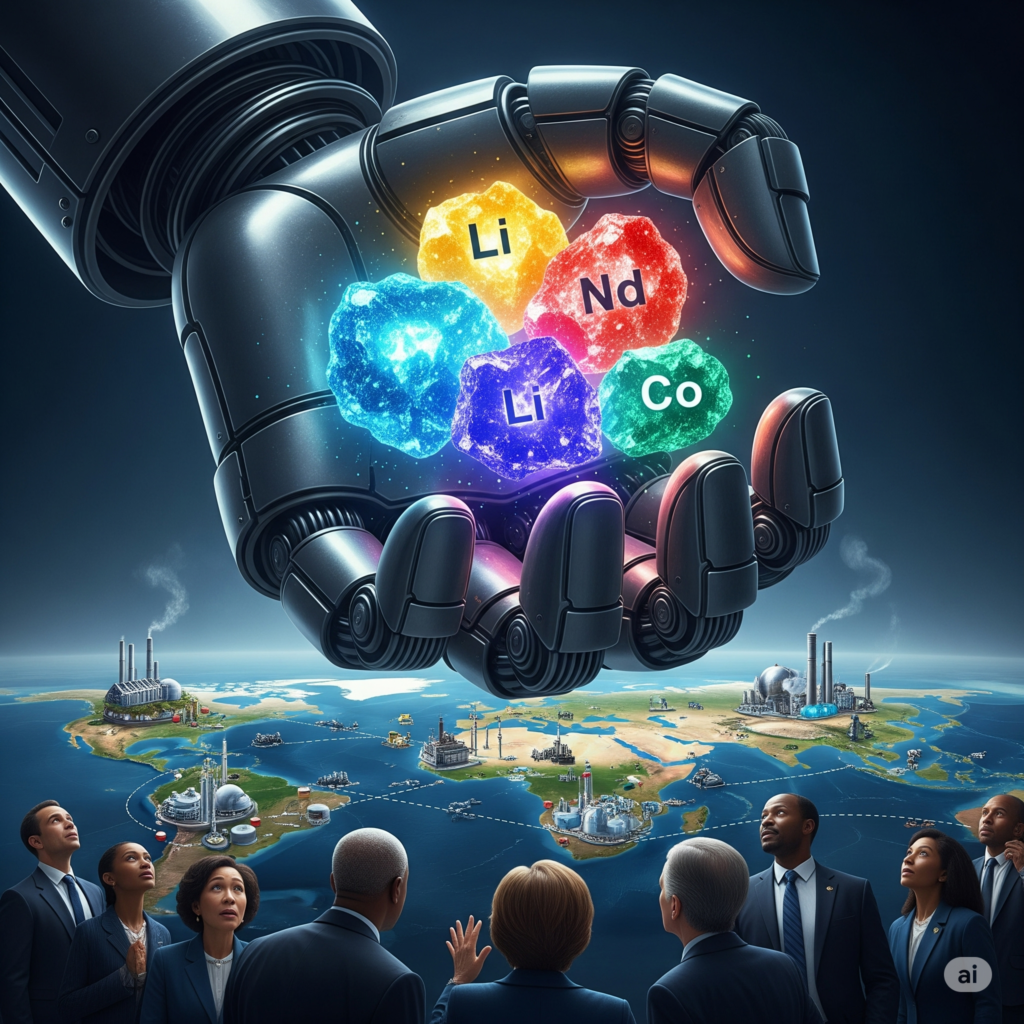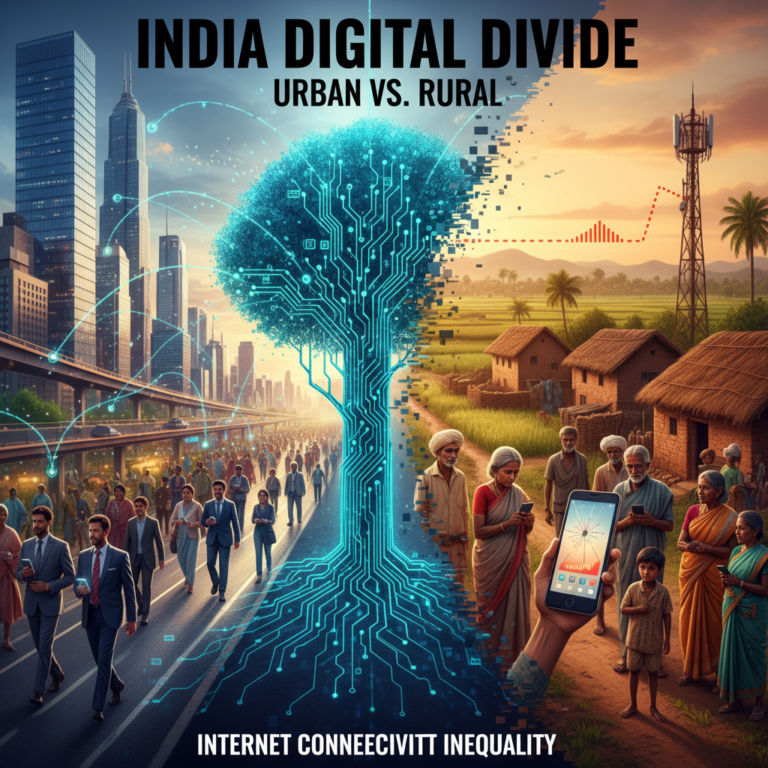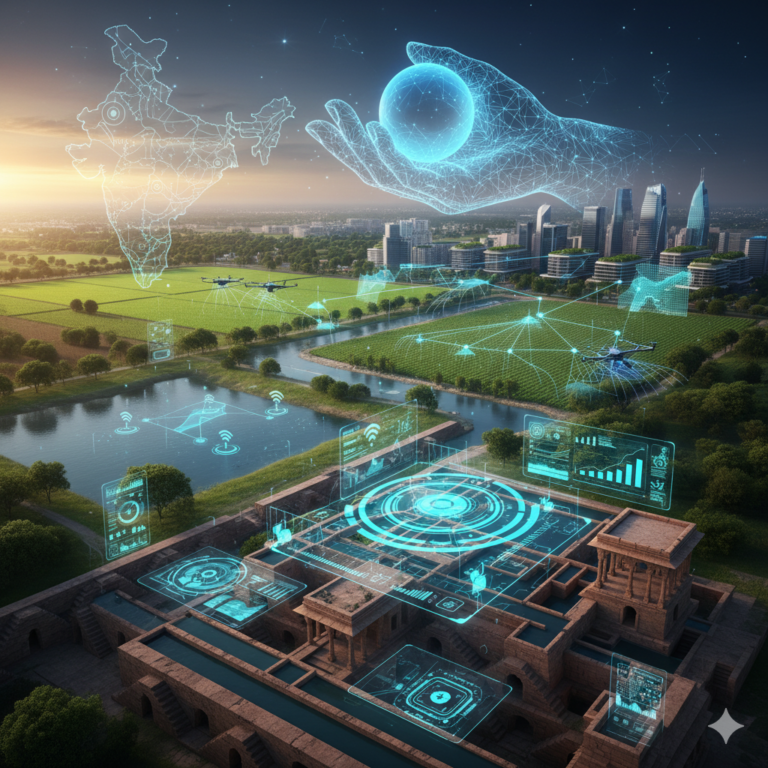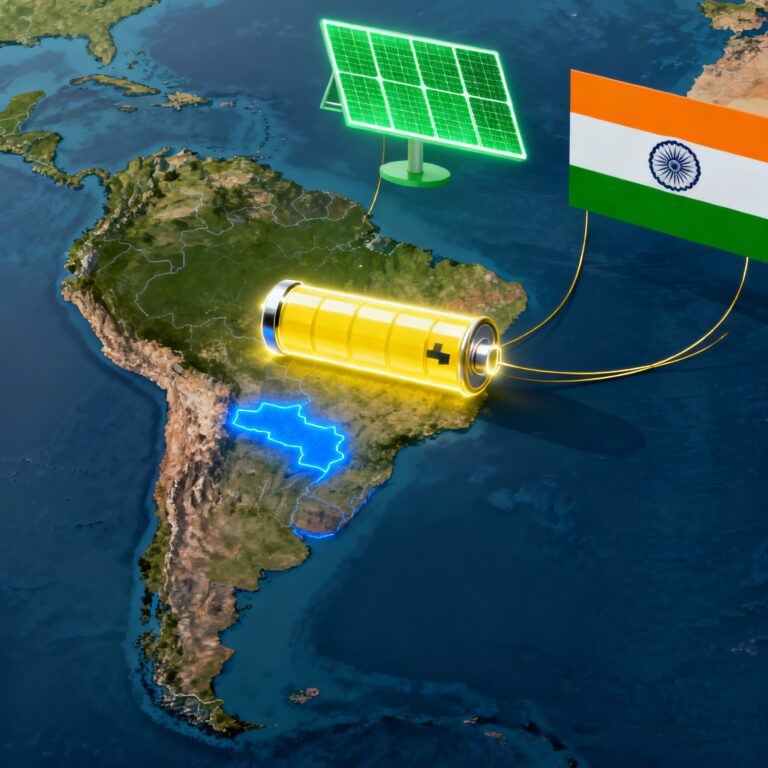📦 Quick Summary:
- Critical minerals are essential for national security, economic stability, and clean energy.
- A mineral becomes “critical” when its supply is at risk and no easy substitutes exist.
- They are vital for technologies like EVs, semiconductors, defense systems, and renewables.
- Geopolitical control—especially by countries like China—adds strategic urgency.
- Nations including India are drafting Critical Minerals Strategies to ensure long-term access.
🌍 Why Minerals Are at the Heart of Global Power
In today’s digital and decarbonizing world, control over mineral resources is becoming as important as oil once was. From smartphones to fighter jets, from solar panels to electric cars—these technologies rely on a specific class of minerals referred to as “critical minerals.”
But what exactly makes a mineral “critical”? Is it rarity, economic value, or strategic utility? This article decodes the geopolitical, economic, and technological importance of critical minerals—especially in the context of India and global security.
🔬 What Is a Critical Mineral?
A critical mineral is:
- Economically vital: Necessary for key industries (energy, electronics, defense, etc.)
- Supply-constrained: Prone to shortages due to import reliance or limited reserves
- Hard to substitute: Few or no alternatives available with similar functionality
In essence, a mineral becomes critical when it is both essential and vulnerable.
🧪 Example:
- Lithium: Essential for EV and grid-scale batteries; few global producers.
- Cobalt: Central to high-performance batteries; heavily concentrated in DR Congo.
- Rare Earth Elements (REEs): Required for permanent magnets used in wind turbines, EVs, and missiles.
⚠️ How Is Criticality Measured?
Most countries define a mineral as “critical” based on three intersecting factors:
| Factor | Meaning |
|---|---|
| Economic Importance | Contribution to high-tech, energy, and defense sectors |
| Supply Risk | Import dependence, geopolitical tension, single-source vulnerability |
| Substitutability | Availability of alternatives with similar properties |
For instance, the USGS Critical Minerals List and the EU’s Critical Raw Materials Act update their lists based on current industrial and geopolitical scenarios.
🌐 Geopolitics of Critical Minerals

1. China’s Dominance
China controls:
- 60–70% of rare earth mining
- 85–90% of rare earth processing
- Significant shares of graphite, tungsten, and antimony
This gives China leverage over global technology supply chains—much like OPEC once had over oil.
2. Africa’s Role
Countries like the Democratic Republic of Congo (cobalt), Zimbabwe (lithium), and Namibia (rare earths) are becoming geopolitical hotspots due to rising foreign investment and strategic interest.
3. Resource Nationalism
Countries are increasingly restricting exports or monopolizing resources to control value chains (e.g., Indonesia’s nickel ban).
🇮🇳 India’s Strategic Perspective
India imports more than 85% of its critical mineral requirements. To combat this:
- The Ministry of Mines launched the National Critical Minerals Strategy (NCMS).
- GSI (Geological Survey of India) has identified 30+ strategic minerals like lithium, cobalt, REEs, niobium, etc.
- India is building strategic partnerships with Australia, Argentina, Bolivia, and Africa for secure mineral sourcing.
India is also encouraging domestic exploration, urban mining (e-waste recovery), and R&D for alternative materials.
⚙️ How Critical Minerals Drive Technology
| Mineral | Used In |
|---|---|
| Lithium | EV batteries, grid storage |
| Cobalt | Aerospace alloys, rechargeable batteries |
| Neodymium | High-performance magnets for EVs, turbines |
| Graphite | Battery anodes, lubricants |
| Nickel | Stainless steel, EV batteries |
| Tantalum | Semiconductors, electronics |
These minerals are not just industrial raw materials—they are technological enablers.
🔄 Substitution and Recycling: Can We Reduce Criticality?
- Substitution: In some cases, alternative materials (e.g., sodium-ion batteries) are being developed, but they lack performance parity.
- Recycling: Urban mining from electronics and battery waste can recover valuable critical minerals.
- Material innovation: Research in materials science (graphene, nanocomposites) may lead to alternatives.
However, none of these are near-term solutions at scale—hence the urgency to secure critical minerals now.
🔚 Conclusion: Strategic Minerals for Strategic Autonomy
In a world where tech supremacy = resource control, critical minerals are the new oil. For India and other emerging economies, securing these minerals means:
- Safeguarding digital infrastructure
- Accelerating clean energy transitions
- Reducing strategic dependence on geopolitical rivals
Understanding what makes a mineral “critical” helps frame the broader debates around resource diplomacy, supply chains, and national security in the 21st century.









+ There are no comments
Add yours